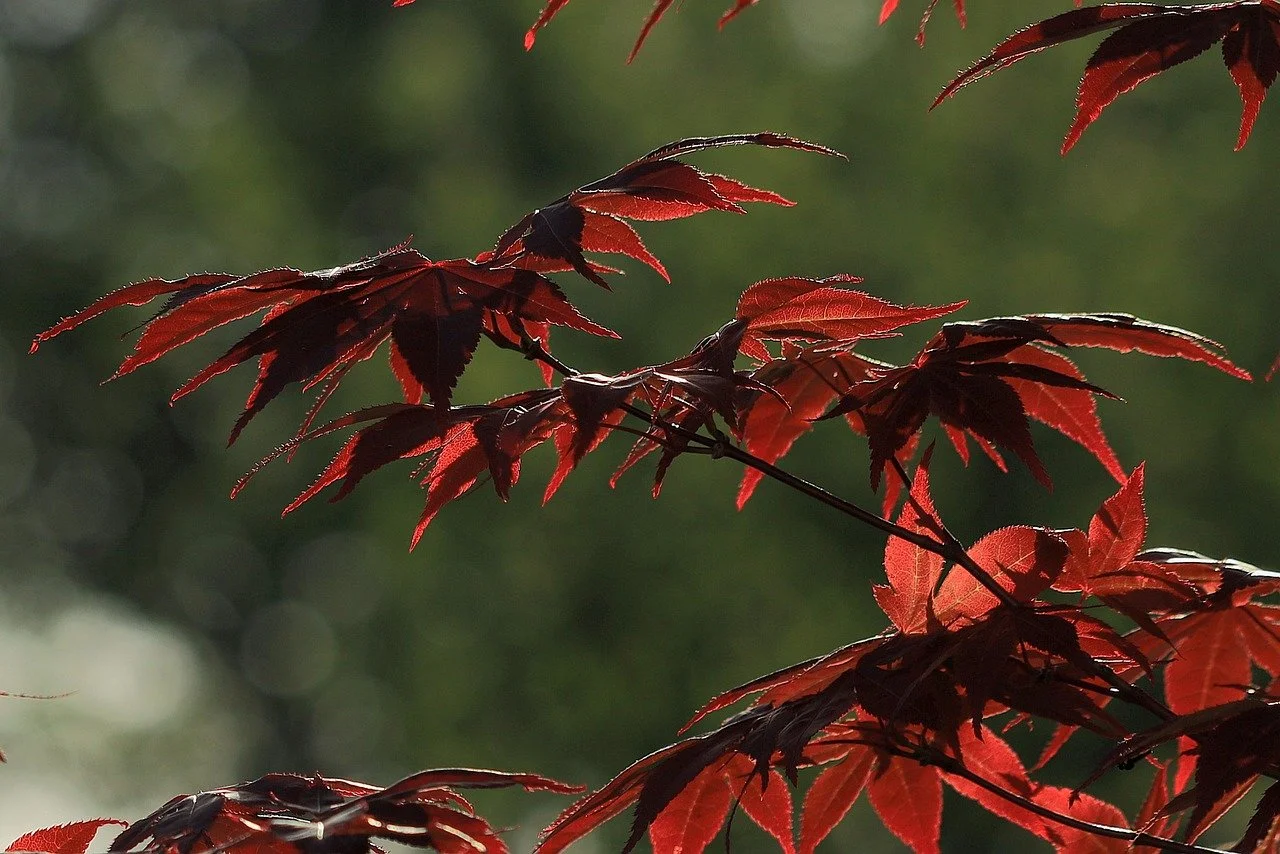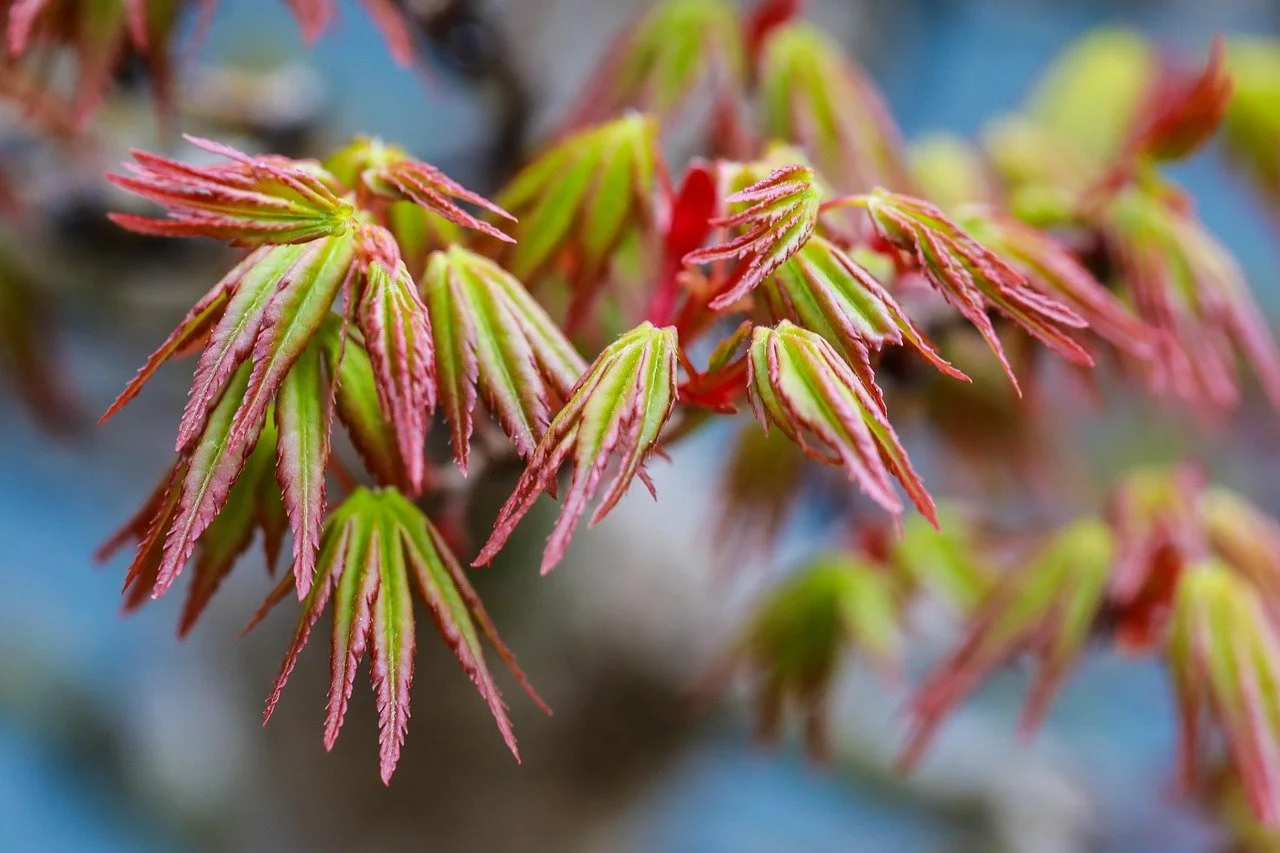Japanese Maple Tree Landscape
Planting and Growing Japanese Maple Trees in Your NC Garden
Let’s talk about the divas of the tree world.
No, really. Japanese maple trees may look serene and graceful—like the ballerinas of your backyard—but make no mistake, these beauties know exactly what they want (and will drop all their leaves in protest if you get it wrong). Still, once you get the hang of growing one in your NC garden, they’re absolute showstoppers—adding color, shape, and a quiet kind of look-at-me magic to any space.
So, whether you’re dreaming of a delicate lace-leaf variety to anchor your patio or a bold crimson statement for your front yard, here’s everything you need to know to master the Japanese maple tree landscape—North Carolina-style.
Why Japanese Maples Belong in Your NC Garden
First, let’s be clear: Japanese maples are not just trees. They are art.
With hundreds of cultivars ranging from tiny, wispy shrubs to 25-foot garden guardians, there's a Japanese maple for almost every yard. Their lacy foliage, sculptural shape, and fireworks-worthy fall color make them an ideal focal point in your NC garden.
And guess what? Our Southern climate—with its mild winters, long growing season, and acidic soil—makes North Carolina a surprisingly great place to grow them. Yes, even in the face of that dreaded summer humidity.
Choosing the Right Variety (Aka: Don’t Just Grab the First Pretty Tree You See)
Japanese maples come in all sorts of shapes, sizes, and temperaments. Think of it like a dating app for trees—you want to know what you’re getting into before you swipe right and commit.
Some popular picks for NC include:
Acer palmatum ‘Bloodgood’ – Classic, hardy, and that deep red foliage? Chef’s kiss.
Acer palmatum ‘Tamukeyama’ – A gorgeous weeping laceleaf variety that stays small and dramatic.
Acer palmatum ‘Sango-kaku’ – Also known as coral bark maple, this one glows with golden leaves and stunning red stems in winter.
Pro Tip: If you live in the warmer zones of NC (7b–8a), look for heat-tolerant varieties. Not all maples can handle a Carolina summer with grace.
Where to Plant: Sunlight, Soil & Sass
Now, let’s find your diva the perfect stage.
Light Requirements
Japanese maples like a mix of sun and shade—think dappled sunlight through taller trees or morning sun with afternoon shade.
Too much direct sunlight (especially in hot afternoons) can scorch those delicate leaves faster than you can say “crispy foliage.” A little filtered light goes a long way in keeping them looking lush.
Soil Matters
These trees love well-drained, slightly acidic soil. If your NC clay is more like concrete, amend it with compost and organic matter before planting.
Raise the planting area if drainage is an issue—because Japanese maples do not enjoy wet feet. They are, after all, rather particular.
Watering: The Right Way to Quench Their Thirst
When first planting your maple, water it deeply a couple of times a week (especially during dry spells). Once established, they’re fairly drought-tolerant—but don’t let the soil completely dry out for long periods, or you’ll have a cranky tree on your hands.
Avoid: Overwatering. These roots are picky, and soggy soil invites rot and fungus. No one wants root rot drama.
Planting Like a Pro
Dig a hole that’s twice as wide and about the same depth as the root ball.
Amend your soil if needed—NC clay can be tough stuff.
Place the tree so the top of the root ball is just above ground level.
Backfill and water well.
Mulch around the base (2–3 inches), but not directly against the trunk (trees hate that).
Then step back and admire your handiwork, maybe even whisper a compliment to your new tree. Japanese maples appreciate praise.
Pruning (But Only If You Must)
One of the perks of a Japanese maple tree landscape is that these trees naturally grow into beautiful shapes with very little intervention. So put the pruning shears down—at least until winter, when the tree is dormant.
Lightly remove dead or crossing branches, and maybe thin out the interior to improve air circulation. Otherwise? Let it do its sculptural thing.
Pests & Problems (It’s Not You, It’s the Aphids)
Most Japanese maples are pretty low-maintenance once established, but here’s what to watch for:
Leaf scorch – Usually a sign of too much sun or not enough water.
Aphids – Hose them off or invite some ladybugs to the party.
Verticillium wilt – A soil-borne fungus. This one’s tough, so prevention (good drainage and healthy soil) is key.
Landscaping with Japanese Maples
Now the fun part: putting your Japanese maple to work in your garden design.
Use them as:
Specimen trees in the front yard—instant curb appeal.
Accent trees in shaded perennial beds.
Container trees on patios or porches (yes, really! Just choose a dwarf variety).
Zen garden anchors—pair with rocks, moss, and a bench for your future meditative self.
Their graceful shape and seasonal color make them one of the most versatile trees for a Japanese maple tree landscape. Whether your style is modern, cottage, or “I just bought this house off Pinterest,” they’ll elevate it.
Final Thoughts: Worth Every Leaf
Yes, Japanese maples are a little high-maintenance. Yes, they can be dramatic if they don’t get what they want. But if you treat them well, they’ll reward you with decades of beauty, structure, and seasonal flair in your NC garden.
Plant one, and someday, someone will stop, point, and ask, “What is that tree?” And you’ll get to casually reply, “Oh, just my Japanese maple. No big deal.”
So go ahead—embrace the drama. Your garden will thank you.



